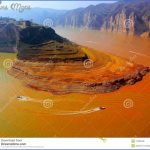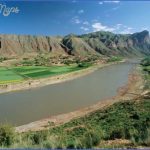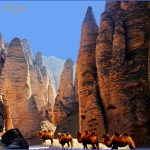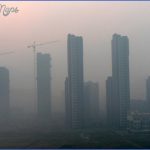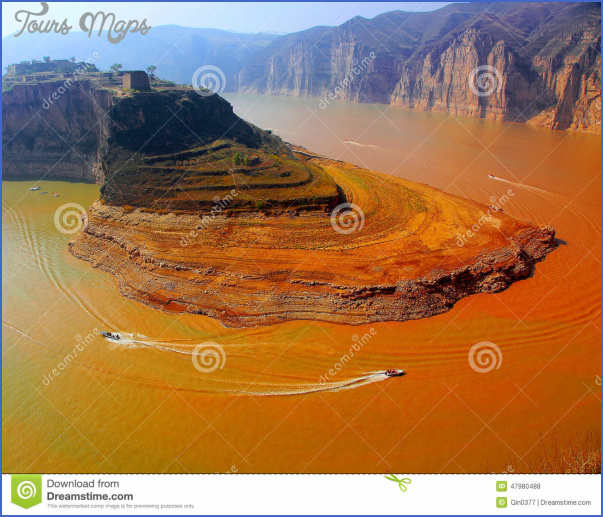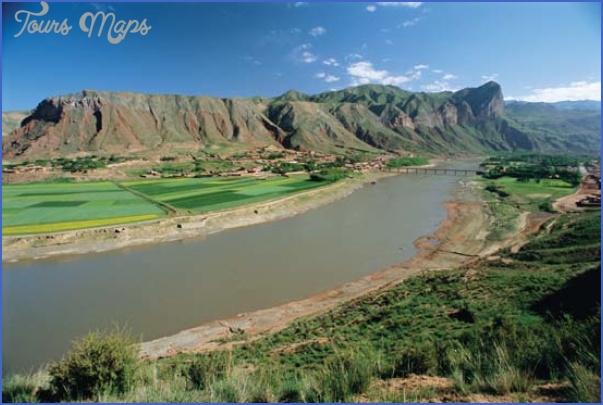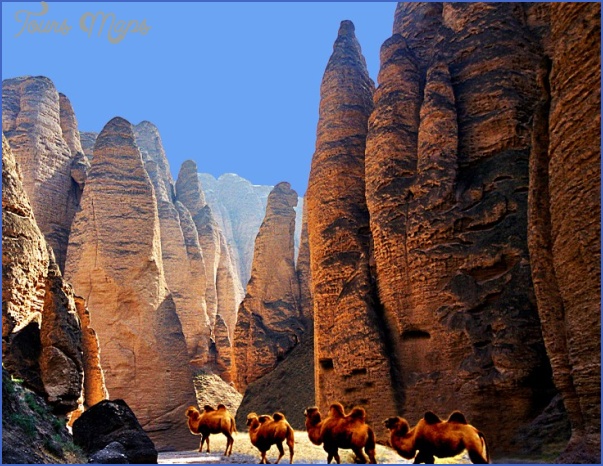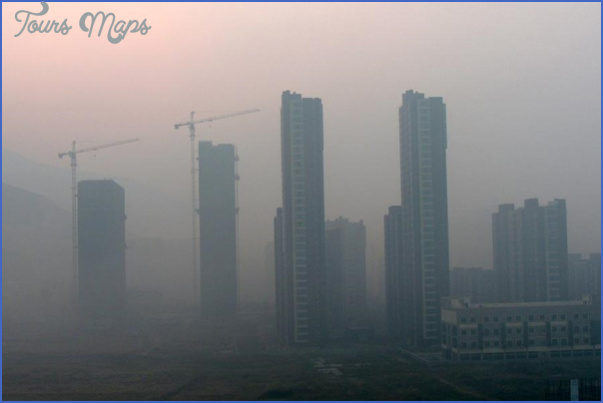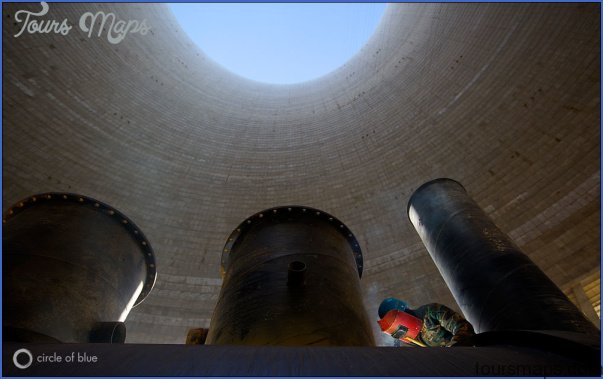Beijing weather station (alt. 52m/170ft), Xi’an (alt. 412m/1351ft) and Lanzhou (alt. 1508m/4946ft).
Cold winters The term “yellow” China usually refers to the loess-covered mountains and lowlands on either side of the Huanghe. There is no greater contrast in relation to climate and landscape than that between the subtropical Sichuan Basin with its red soil and luxuriant vegetation and – separated only by the Qinling Mountains – the yellow and dusty-dry countryside of northern China with its cold winters. The variations in aridity and winter cold can depend on such factors as latitude, distance from the coast and altitude. At the border between the subtropical south and northern China, average rainfall drops to below 1000mm/ 39in. at the north-western border of northern China these values fall to below 250mm/10in. Annual average precipitation in Beijing amounts to619mm/24in.,in Xi’an 578mm/22.5in. and in Lanzhou 338mm/13’/4in. There are on average 250-frost-free days per year. Beijing In Beijing, representative of the lower reaches of the Huanghe, average temperatures can fluctuate by almost 30°C/54°F and the variation between night and day is just short of 10°C/18°F. For the three months from December to February, the average nightly temperature will be below freezing. Frost can occur as early as October and as late as April. By November the rivers and shores of the Yellow Sea will have iced up and will remain frozen for three to four months. Winter rainfall is low and relative humidity stands at around 50% or slightly below. Only 31mm/1’/4in. of the total annual rainfall falls between November and March. Icy duststorms from the interior can leave blankets of sediment behind and can also cause the small amounts of snow to drift. The dust is deposited on surfaces in much the same way that loess formed in the Pleistocene period. In the summer the currents of hot, moist monsoon air from the south can raise the temperature to 40°C/104°F. Humidity levels can be almost unbearable with relative humidity above 70%. From June to July, rainfall levels rise quickly and dramatically. In July and August, 384mm/15in. of rain falls on 24 of the annual 66 rainy days. Loess mountains In the loess mountains (Lanzhou weather station) rainfall levels of between 250 and 500mm/10 and 20in. are recorded each year, with the months of June to September being by far the wettest. These levels do vary greatly from year to year and there are sometimes long periods of drought and harvests can be badly affected. Given the altitudes (Lanzhou is about 1500m/4920ft above sea level) the winters are very cold, but the summers are very pleasant, compared to the humidity and heat of the lowlands. Tip Visitors travelling to northern China from the tropical and subtropical provinces during autumn, winter and spring should be prepared for all weathers.
“Yellow” Northern China Photo Gallery
Maybe You Like Them Too
- The Best Cities To Visit in The World
- World’s 10 Best Places To Visit
- Coolest Countries in the World to Visit
- Travel to Santorini, Greece
- Map of Barbados – Holiday in Barbados

